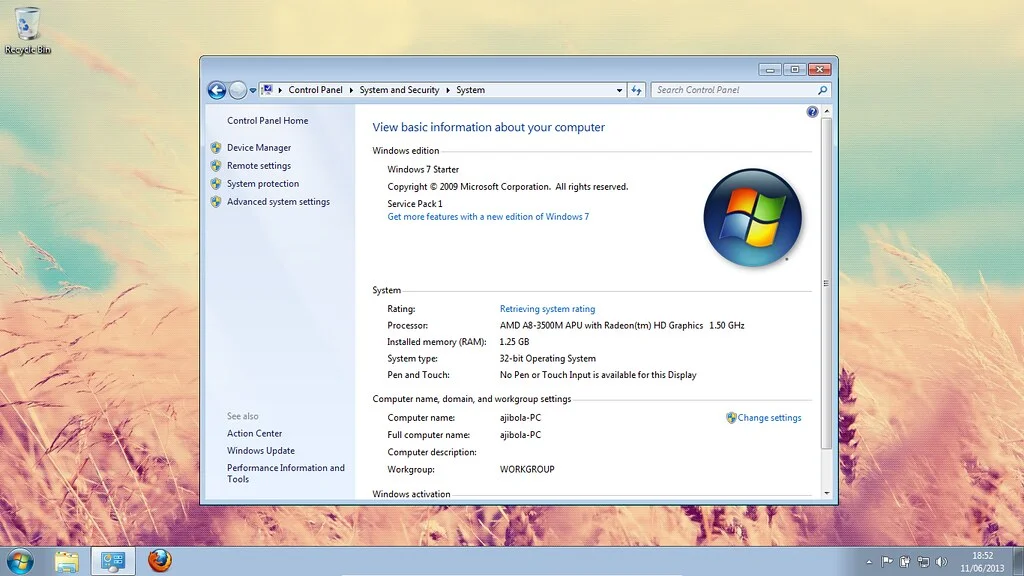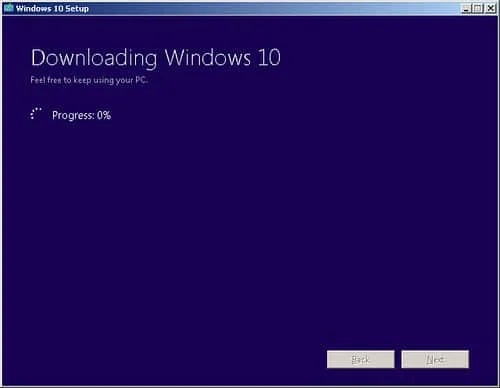As of January 14, 2020, Microsoft no longer provides security updates or support for PCs running Windows 7. This means that your computer is at risk of security vulnerabilities and malware, and options for getting technical support are fewer.
What is Windows 7 End of Support and what does it mean for me if I’m still running Windows 7 on my computer?
End-of-life, or End of Support, is an expression used by vendors to indicate that an existing product is reaching its final functionality in the eyes of an underlying vendor. Many manufacturers, including Microsoft, announced the date of EOLs several years in advance. Windows products have life cycles. Lifecycles are created when new software is launched, and they end when the product is retired. Identifying key dates in your software’s lifecycle will assist with making better software changes.
Support for Windows 7 ended on January 14 2020, and if you’re still running this version of the aging Windows operating system (or even Windows XP!), you need to take action. Windows 7 no longer receives security updates from Microsoft via Windows Update. That means your Windows device is vulnerable to attack, so it’s important to take steps to upgrade or replace Windows 7 before it’s too late. In this article, we’ll discuss what you can do if you’re still using Windows 7 and what the risks are if you don’t take any action.
How can I tell if my computer is running Windows 7 and what do I need to do if it is?
So, how can you tell if your computer is running Windows 7? The easiest way is to check the System Properties dialog box. To do this, right-click on the My Computer icon and select Properties. If the Operating System listed is Windows 7, then you will need to take action to protect your computer. The good news is that upgrading to Windows 10 is free in many cases. You can also purchase a new PC with Windows 10 already installed. Whether you upgrade to Windows 10 or purchase a new device, security should be top of mind. Be sure to install security updates and use a reliable antivirus program to help keep your computer safe from malware.

If I am running Windows 7, what are my options for upgrading to a newer version of Windows or switching to a different operating system altogether?
There are two main options for users who want to stay up to date with security patches: upgrading to Windows 10 or 11, or switching to a different operating system.
Windows 11 is the most recent version of Windows; both it and it’s predecessor Windows 10 include a number of security improvements over Windows 7. Microsoft has also committed to providing security updates for Windows 10 until 2025. As such, upgrading to Windows 10 is the best option for users who want to continue using a Windows-based operating system. However, it should be noted that upgrading from Windows 7 to Windows 10 may not be possible on all computers due to hardware limitations, and Windows 11 has even more restrictions.
For users who want to switch to a different operating system altogether, there are a number of options available. macOS and Linux are two popular alternatives to Windows that are less likely to be targeted by malware and other security threats. Both macOS and Linux also offer a variety of security features that can help protect your computer. Users who switch to Linux may need to invest some time in learning how to use the new operating system, but many find that the security benefits are worth the effort. If you’re not sure which operating system to choose, talk to a computer expert for help.
No matter which option you choose, it’s important to take action ASAP to reduce your risk of malware and other security threats.
Can I still use Windows 7 after 2020?
While it’s possible to continue using Windows 7 after the end of life date, it’s not recommended. If you do decide to keep using it, make sure you take steps to protect your computer from security risks such as only connecting it to the Internet when necessary, and setting up Windows backup to an external hard drive.
Are there any risks associated with continuing to run Windows 7 after the End of Support deadline has passed?
As any computer user knows, security is important. When it comes to operating systems, security risks can increase dramatically when security updates are no longer released. This is why Microsoft set a deadline for Windows 7 End of Support. Any security risks discovered after this date will not be addressed by Microsoft. For users who continue to run Windows 7 after the deadline, this could leave their computers vulnerable to attack. Third-party software that is not compatible with Windows 10 may also stop working correctly, and getting technical support may be more difficult. In particular, browsers such as Firefox and Google Chrome will not receive software updates which increases the risk when browsing the web.
You may start to see other problems with your computer, such as reduced performance and stability issues.
Small businesses are at even greater risk; in the event of a security vulnerability their devices may be targeted by criminals intent on carrying out a ransomware attack.
You can still upgrade to Windows 10 for free
If you’re still running Windows 7, you may be feeling the pressure to upgrade to Windows 10. After all, Microsoft is no longer offering security updates for Windows 7, leaving your computer at risk of malware and other cybersecurity threats. The good news is that Microsoft is still offering a free upgrade to Windows 10 for those who haven’t made the transition. All you need to do is download the Windows 10 Upgrade Assistant and follow the instructions. The whole process should take less than an hour, and you’ll be up and running with the latest version of Windows.

You don’t need to buy a new PC
If your existing PC is still working well and you’re happy with it, there’s no need to spend the money on a new one. Instead, you can simply install Windows 10 on your current machine. Upgrading is a fairly simple process, and you can find plenty of resources online to help guide you through it. So, if you’re still using Windows 7, don’t panic. You have options.
Windows 10 should run on most older hardware. We recommend 4GB of RAM as a minimum, and ideally an SSD. If your PC does not meet these criteria, you can either upgrade it or replace it. If you replace it with a new computer you may need technical assistance to help you to transfer files from your current PC, or if you’ve previously set up Windows backup then you can use the restore feature to get your files from Windows 7 over to Windows 10.
What is the difference between Windows 10 and Windows 7?
While Windows 10 has many improvements over previous versions of Windows, it’s not necessarily a night-and-day difference.
Windows 10 is faster and more secure than Windows 7. It includes a number of new features, including a new start menu, an updated taskbar, Microsoft Edge (a much improved replacement for Internet Explorer), and Cortana. In addition, Windows 10 introduces a new app store and is designed to work with universal windows apps. It’s also better for PC gaming.
If you’re still using windows 7, now is the time to upgrade to windows 10. Not only is it a more secure and faster operating system, but it also comes with a number of new features that can improve your computing experience.

